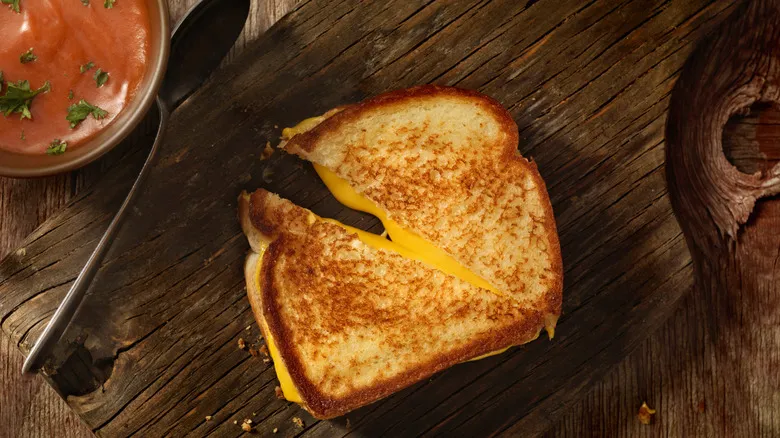Coconut oil's high smoke point makes a big difference
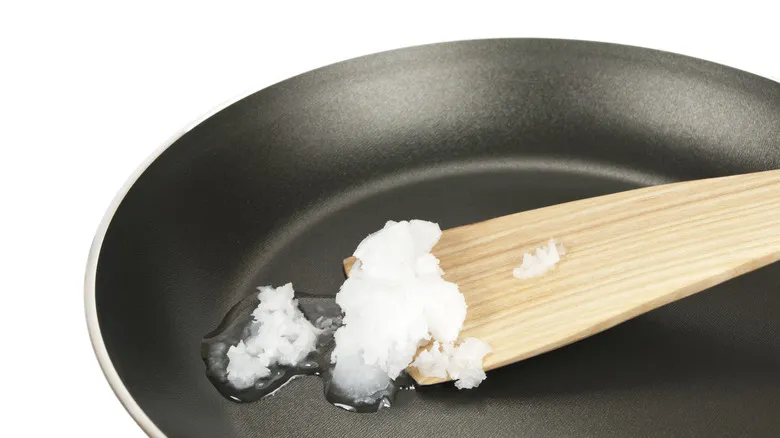
You may have heard that not all oils are the same. There are countless discussions about the benefits and health effects of using oil in cooking and eating, but this ingredient is crucial for achieving a crispy, golden-brown grilled cheese sandwich.
With a variety of options available—from olive and canola to vegetable oils and even butter—each type originates from different sources like seeds, nuts, or dairy. This diversity leads to distinct chemical compositions and varying smoke points, also known as burning points. The smoke point is the temperature at which oil begins to burn and emit smoke. Smoking oil is not only undesirable for cooking, as it can quickly turn a grilled cheese from golden to charred, but it can also be harmful; burnt oil releases free radicals into the body.
Refined coconut oil has a smoke point of about 450 degrees Fahrenheit, which is higher than canola and vegetable oils (400 degrees Fahrenheit), olive oil (325-375 degrees Fahrenheit), and significantly higher than butter (300 degrees Fahrenheit). This makes it a healthier and tastier option; you can cook your sandwich at a higher heat for longer without the risk of burning the bread. Additionally, it allows you to achieve the perfect level of crispiness and crunch in every bite. While other high-smoke point oils like refined avocado or safflower oil may not be as easily accessible, you likely already have a jar of coconut oil in your kitchen. Thus, it’s the ideal choice when the craving for grilled cheese hits.
Other tips to elevate a classic grilled cheese
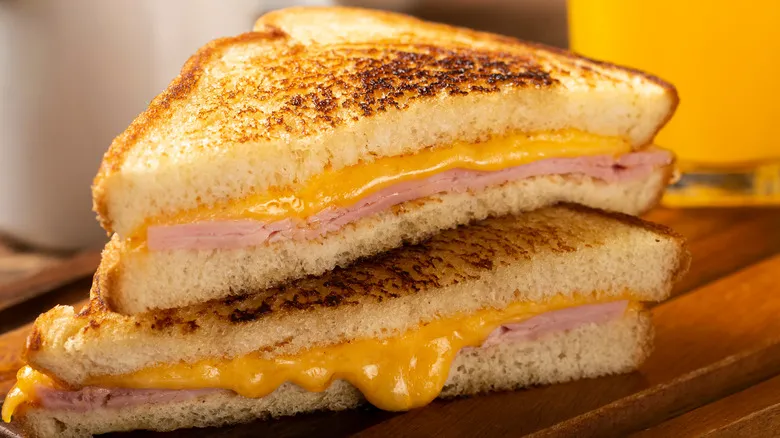
Grilled cheese is one of those dishes that hardly requires a recipe, but just in case, we’ve got you covered. Before you whip up the perfect grilled cheese, there are a few key points to consider beyond the coconut oil substitution. You can choose any type of bread and cheese, but ensure your cheese melts well—this isn’t the moment for hard Parmesan. You can even create a fantastic grilled cheese using vegan cheese!
The choice of what to use for grilling your sandwich is also up to you, but make sure it’s non-stick, whether you opt for a well-oiled pan or a cast iron skillet, which is excellent for cooking just about anything. Spread coconut oil on each slice of bread or add a bit directly to your medium-hot frying pan; use no more than 1 tablespoon. You don’t want your sandwich to be overly greasy.
Patience is key when making a grilled cheese sandwich. You might be eager to dig in, but allow it to cook on lower heat to avoid burning it and to give the cheese time to melt thoroughly. Beyond the basics, feel free to experiment with add-ins like spicy mustard, hot pepper jelly, sauerkraut, pickles, or even onions. The possibilities are endless!
Recommended
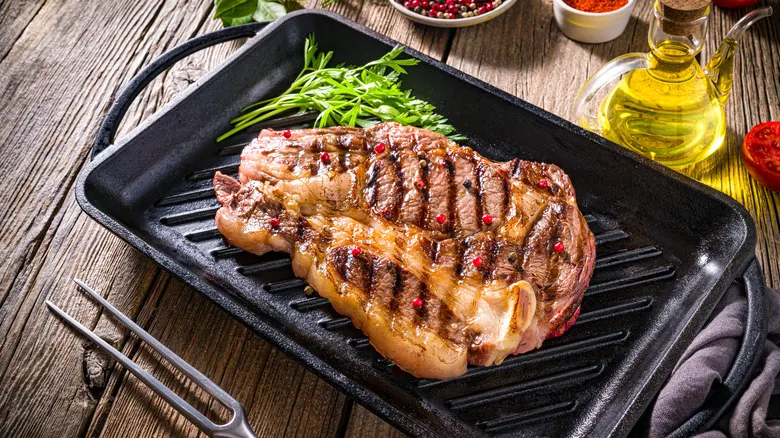
How Long To Rest Your Steak After Cooking It In The Pan Or On The Grill
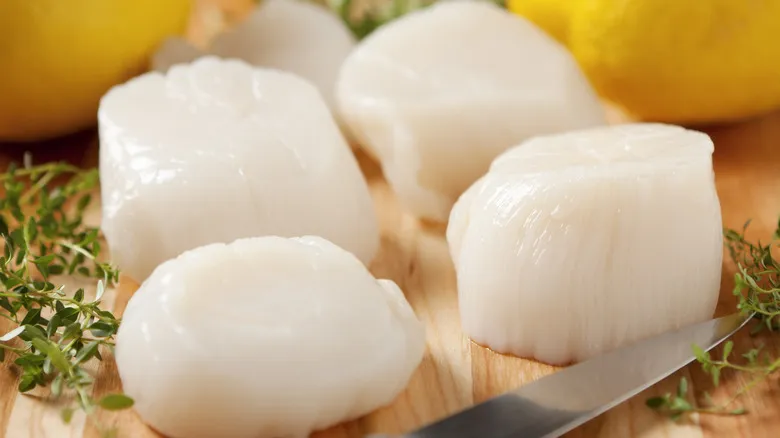
The Prep You Need To Know For The Hands Down Best Grilled Scallops
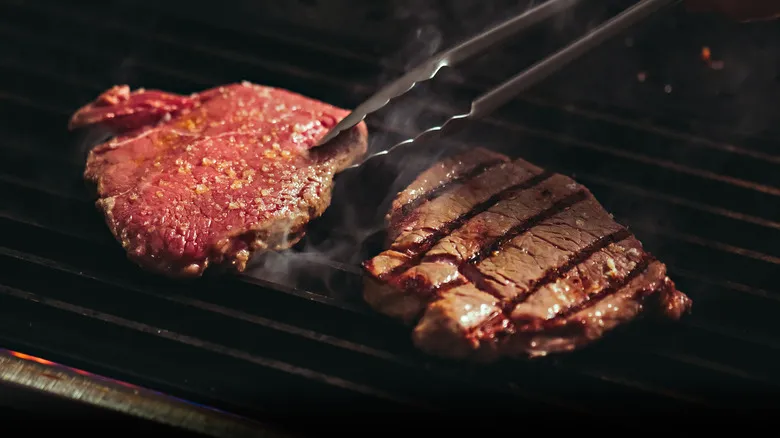
What Makes Chuck Steak An All-Star Cut For Grilling
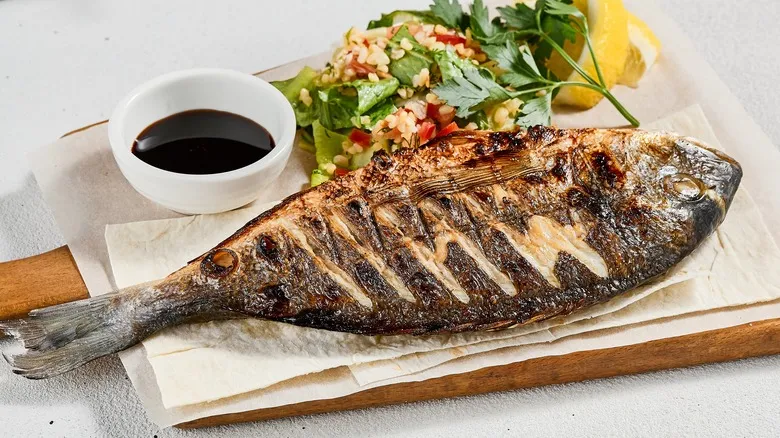
The Secret To Grilling A Show-Stopping Fish Dinner
Next up

